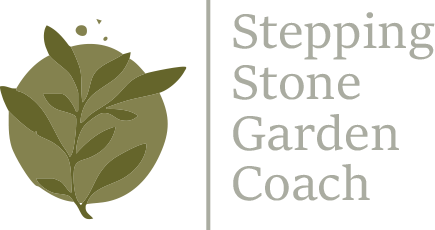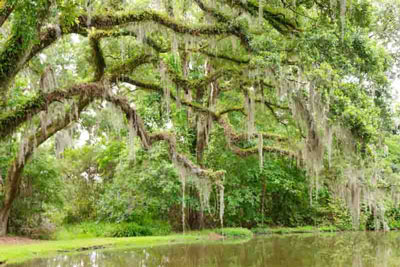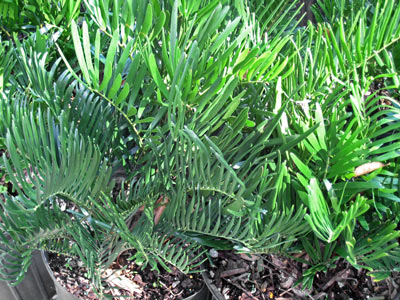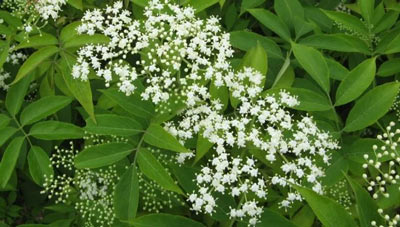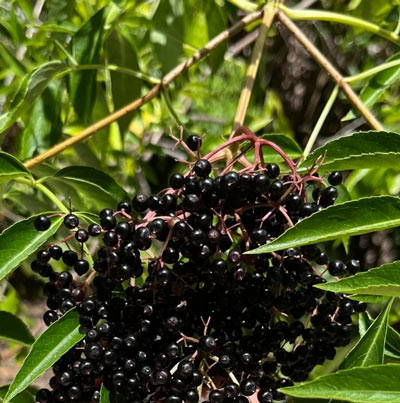Florida’s landscapes are filled with plants that whisper stories of the past—plants that have nourished, healed, and even haunted the people who walked this land before us. From the moss-draped oaks that carry ghostly legends to the humble coontie, once a life-sustaining food for the Seminole people, Florida’s flora is as steeped in mystery as it is in history. In this post, we’ll explore the folklore, medicinal uses, and gardening tips behind some of Florida’s most legendary plants.
Spanish Moss: The Ghostly Veil of the South
Hanging in silvery tendrils from ancient oak trees, Spanish moss (Tillandsia usneoides) is more than just a southern icon—it’s the stuff of ghost stories. According to one legend, a Spanish conquistador chased a Native woman through the forest, determined to claim her. Rather than be taken, she climbed an oak tree and leapt to her death. The man’s long gray beard was caught in the branches and, over time, spread from tree to tree. To this day, the moss is said to be his spirit lingering in the canopy.
Uses & Growing Tips:
- Spanish moss is not a moss at all—it’s an epiphyte, meaning it absorbs moisture and nutrients from the air.
- It can be used for mulch, craft projects, and even as nesting material for birds.
- If you want to add a mystical, old-world charm to your garden, drape it over branches in a shady, humid area—but beware of chiggers, which sometimes nest inside it!
Coontie: Florida’s Ancient Survival Food
To early Floridians, coontie (Zamia integrifolia) was a plant of survival. The Seminole and earlier indigenous peoples harvested its starchy root, carefully leaching out its natural toxins to create a flour called “Florida arrowroot.” This flour was once a staple food, and in the early 1900s, it even supported a thriving milling industry in South Florida—until overharvesting nearly wiped it out.
Uses & Growing Tips:
- Coontie is a hardy, drought-tolerant native plant perfect for Florida gardens.
- It is the only larval host plant for the rare Atala butterfly, making it a must-have for butterfly gardens.
- While the plant is toxic if eaten raw, properly processed coontie flour was a historic staple and an example of early indigenous plant knowledge.
Elderberry: The Folk Healer
For centuries, elderberry (Sambucus nigra subsp. canadensis) has been revered as a plant of medicine and magic. Native American and European settlers alike used its flowers and berries for everything from fever relief to warding off evil spirits. In Florida, elderberries grow wild along roadsides, marshes, and riverbanks, offering both food and medicine to those who know where to look.
Uses & Growing Tips:
- Medicinally, elderberry is known for its immune-boosting properties and is often made into syrups, teas, and tinctures.
- Caution: The raw berries and leaves contain compounds that can be toxic—always cook or properly prepare elderberries before consuming.
- Elderberry is an easy-to-grow shrub that thrives in moist soil and full sun—perfect for rain gardens and pollinator habitats.
The Magic of Gardening with Folklore in Mind
Adding plants with rich histories and folklore to your garden can create a space that feels not only beautiful but deeply connected to the past. Whether you grow Spanish moss for its eerie charm, coontie to support native wildlife, or elderberry for its healing benefits, you are carrying on the traditions of those who came before you.
So next time you plant something in your garden, remember—you’re not just growing a plant. You’re growing a story.
